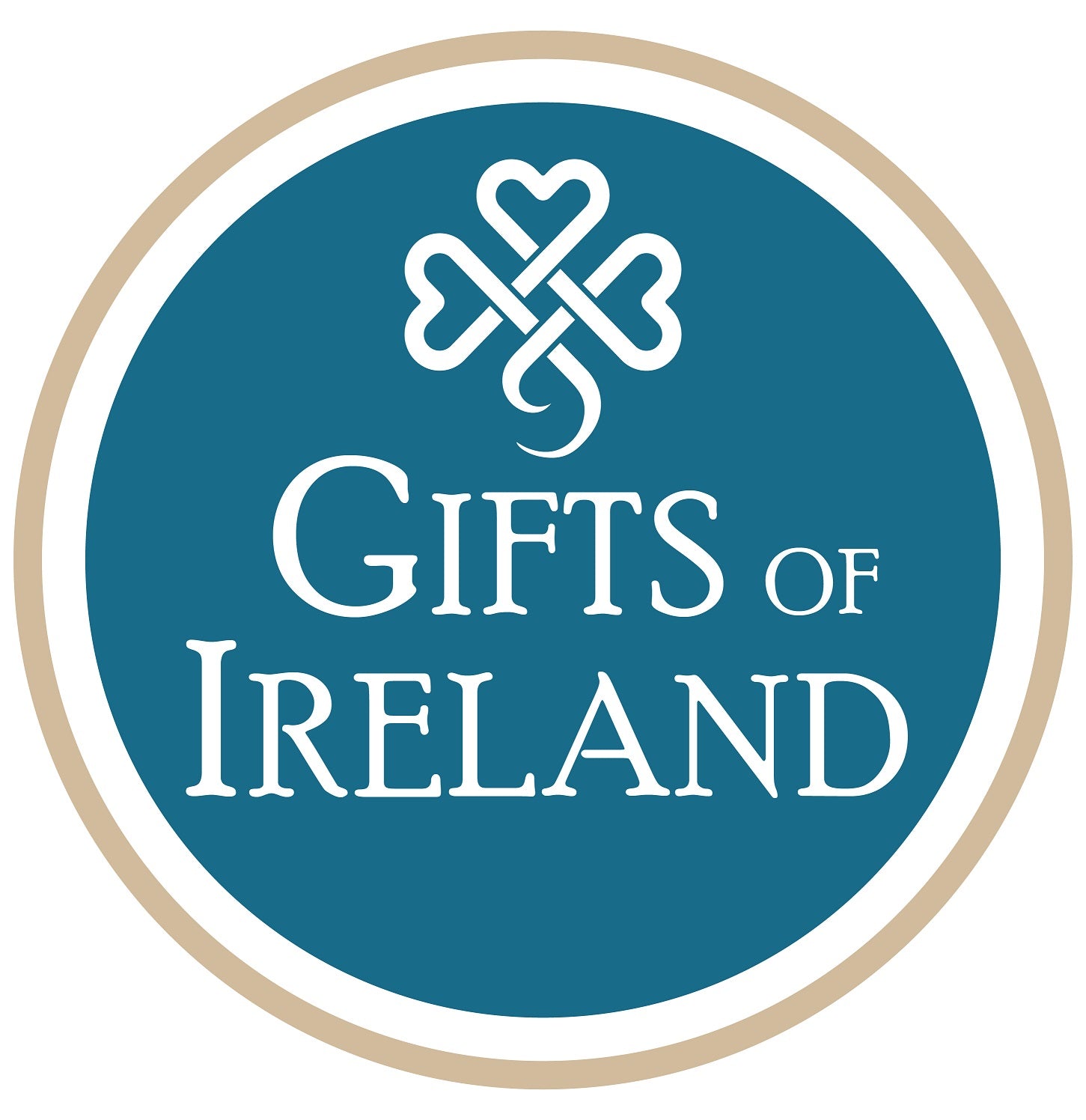Hi everyone, Aidan here. Today I want to talk about some of the most exciting and interesting places to visit in the small northwestern county of Sligo. Tucked into the corner on the Wild Atlantic way, Sligo is a breath-taking seaside county. It's name derives from the Irish word Sligeach, meaning "full of shells" or "shelly place." Boasting unspoiled beaches and rolling hills, there's a wealth of experiences to be had.
1. Sligo Abbey
Sligo Abbey was a Dominican Friary founded in 1253 and is one of Ireland's many important monastic sites. The Abbey features in two short stories by famed Irish writer William Butler Yeats, 'The Crucifixion of the Outcast' and 'The Curse of the Fires and of the Shadows.' As with any building of this age, the Abbey sustained damage and besiegement. According to local legend, during a siege as part of the 1641 Rebellion, the Friars of the abbey threw its bell into Lough Gill to protect it. Only those who are pure of heart and free from sin can hear it chime. The visitor centre of the Abbey also holds another delight for fans of Irish literature -- the diary of Charlotte Thornley, mother of Dracula writer Bram Stoker. Her diary documents the horrors her family endured in Sligo during the cholera pandemic of 1832, which is thought to have been a heavy influence on his world-famous vampire novel.

2. Carrowkeel
Carrowkeel is a megalithic monument dating from the 4th century BC. This hilltop passage tomb complex features fourteen cairns, or rock piles, that were used as burial markers, landmarks, navigational guides and so on. The views from Carrowkeel are astounding and it's impossible not to feel a sense of awe when taking in the landscape with these remarkably preserved ancient constructions. This site is a must for anyone who has an interest in experiencing Ireland's prehistoric past.

3. Lissadell House
The stunning Lissadell House is best known for being the childhood home of Irish revolutionary Constance Markievicz and her poetess sister Eva Gore-Booth. The home also served as a kind of holiday home for poet W.B. Yeats, who was close friends with Constance and who adored the Sligo countryside. The estate offers exhibitions on Yeats and Markievicz, along with an exhibition about the 1916 Rising and Constance's part in its events. Visitors can also avail of the guided tour of the breathtaking house, a stroll in one of the lush gardens, or book in for a spot of afternoon tea.

4. Sligo Food Trail
The Sligo Food Trail is a network of more than seventy food-related businesses in Sligo who have joined together to showcase the finest, freshest, food on the Wild Atlantic Way. Perched on the Atlantic coast and covered in lush green pastureland, Sligo is home of some of the most fresh and authentic ingredients Ireland has to offer. Promoting charming markets and food tours, as well as putting the county's seafood expertise to the fore, the Sligo Food Trail is a delicious and exciting way to experience what Sligo has to offer.

5. Caves of Kesh
The caves of Kesh are a series of sixteen interconnected limestone caves located near the village of Keash. The caves have been used by man over several millennia, and it has long been suggested that they were the site of ancient religious practice or gathering such as Lughnasadh. The caves are often associated with the Otherworld, the land of the gods and the dead in Irish mythology. It is said that the High King Cormac mac Airt was taken by a she-wolf at the bottom of Keshcorran and he was raised in the caves by wolves. Not only are the caves of historic relevance and the site of many Irish myths, the awe-inspiring natural beauty of the dawn and dusk light in the caves makes exploring Kesh an experience in and of itself.

Whether you're a foodie, a literature lover, a history buff or obsessed with the great outdoors, Sligo has something for everyone. Whether you follow your heart or your stomach, you're sure to be led to a new world of experience!
Until next time,
Aidan

